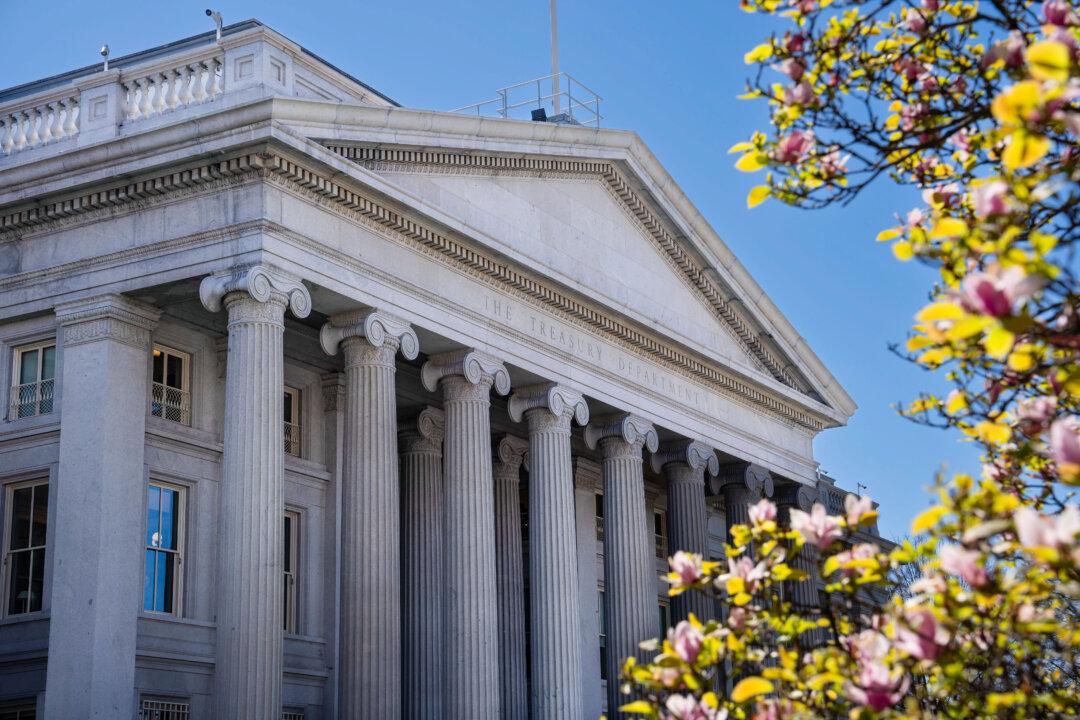Commentary
One of the surprising things I repeatedly observed as a CEO of a public company investing in financial services in Africa was that banks there—and in many emerging markets—don’t actually lend, at least not to businesses or people.

One of the surprising things I repeatedly observed as a CEO of a public company investing in financial services in Africa was that banks there—and in many emerging markets—don’t actually lend, at least not to businesses or people.